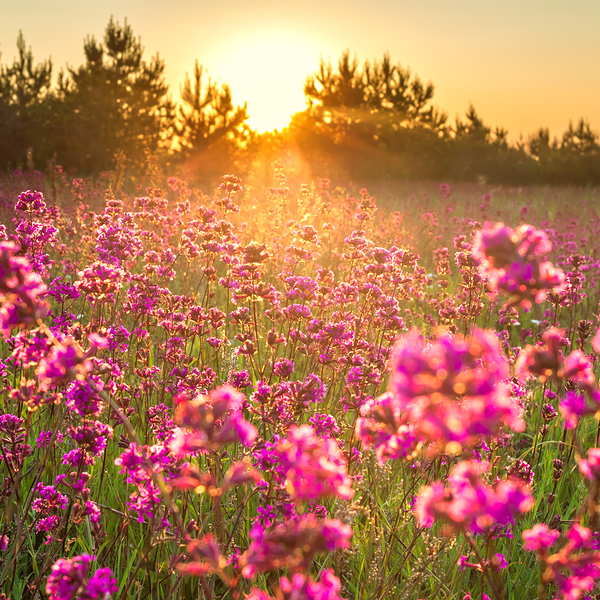By Coggin Heeringa, Program Director/Naturalist, Crossroads at Big Creek, Inc.
April Showers bring May “Wildflowers, Weeds and Seeds,” which just happens to be the title of the first April Master Gardeners lecture, which will be presented by Door County naturalist, author, and teacher Charlotte Lukes in-person at 6:30 p.m. on Tuesday, April 3, in the Collins Learning Center.
Charlotte fills her programs with her stunning photographs of wildflowers and weeds through the seasons. But exactly what is a wildflower? What is a weed? It’s complicated.
The term “wildflower” is all but meaningless. Presumably, a wildflower is a blossom that has not been planted, but rather grows on its own. But many of us work hard to create and tend wildflower gardens.
We even “weed” our “wildflower” gardens. “Weed” as a verb is easy to understand. “Weed” as a noun? Perhaps the simplest definition is “an unwanted plant” or “a plant out of place.” By those definitions, an orchid in a soybean field is a weed.
But are “introduced plants” (also known as non-natives or exotics) which were brought in from other parts of the world actually weeds? They are plants out of place. Usually, they do not provide food for local wildlife, but people plant them intentionally, so they are wanted. Know that introduced plants are rarely beneficial to the environment.
In contrast, native plants are essential for a healthy ecosystem. They have adapted over a long period of time to a region’s soils and climate. These plants provide habitat and food for insects and wildlife.
But just to confuse an already convoluted discussion, some of our most beneficial natives have the suffix “weed” in their names: milkweed, Joe-Pyeweed, sneezeweed, butterflyweed, jewelweed. Bad marketing, for sure. Some native plants which are very good for wildlife – wild grape and poison ivy come to mind – can be a nuisance to humans.
Clear as the mud on the Crossroads trails in spring, right?
But the definition of invasive species is clear. Wisconsin Statute Section 23.22.(1)(c) defines an invasive species as “a nonindigenous species whose introduction causes or is likely to cause economic or environmental harm or harm to human health.” Invasives reproduce quickly and tend to outcompete native plants, altering environments and reducing biodiversity.
Not all weeds are invasives. Take dandelions. They are not native. Most people do not appreciate them in a manicured lawn. They may be weeds, but they do not displace our native species and they truly do not damage the ecosystem.
In the past few years, however, folks have been championing dandelions as an excellent early spring food source for pollinators.
Alas, while we occasionally may see bees nectaring on dandelions, researchers believe that the pollen of dandelions lacks the essential amino acids which wild bees and domestic honeybees need to produce healthy offspring.
Pollen from spring-blooming trees provides the protein, minerals and vitamins required for brood-rearing and worker longevity. Dandelion pollen and nectar doesn’t hurt bees (unless the plants have been sprayed with a pesticide) but for pollinators, dandelion pollen is junk food, poor quality but better than nothing.
Back to April showers. April showers also fill Big Creek and its floodplain wetlands, which brings northern pike into the preserve, but just when? Hard to predict, but we start looking around this time of year, so our Family Saturday Science class this week will be a Pike Hike.
Crossroads at Big Creek Learning Center and Nature Preserve is located at 2041 Michigan Street, Sturgeon Bay, Wisconsin. Crossroads is a 501(c)3 organization committed to offering education, conducting research, and providing outdoor experiences to inspire environmental stewardship in learners of all ages and from all backgrounds.



 ALL CONTENT © 2024 BY DOOR GUIDE PUBLISHING
ALL CONTENT © 2024 BY DOOR GUIDE PUBLISHING




